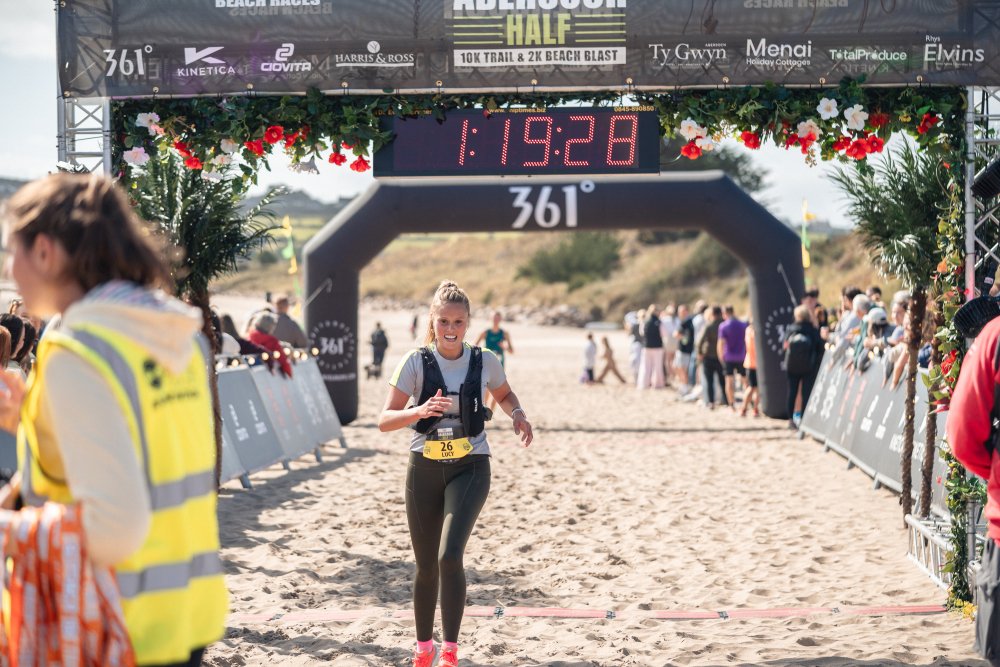Power, Performance, Periods: Optimising Female Training Through the Menstrual Cycle:
🩸 Train Smarter with Your Cycle: How to Work WithYour Body, Not Against It
For years, most sports science research has focused on men — leaving women underrepresented and underserved when it comes to understanding performance, recovery, and injury prevention.
But women’s bodies work differently. Hormonal changes throughout the menstrual cycle can affect everything from energy levels to strength, mood, and motivation.
Understanding these changes helps female athletes train smarter — not just harder — and feel stronger every day.
🔍 The Menstrual Cycle at a Glance
A typical cycle lasts around 28 days, but anywhere between 21–35 days is completely normal.
It’s made up of three main phases, each influenced by changes in key hormones like oestrogen and progesterone.
Phase: Follicular
Typical Days: 1–14
What’s Happening: Rising oestrogen boosts recovery, muscle growth, and energy
Phase: Ovulation
Typical Days: Around 14
What’s happening: Oestrogen peaks — strength and power often feel at their best
Phase: Luteal
Typical days: 15–28
What’s happening: Progesterone rises — body temperature and fatigue may increase
Each phase affects your body differently — so aligning your training can make a huge difference.
💪 Phase 1: The Follicular Phase (Days 1–14)
What’s Going On
Oestrogen starts to rise after your period begins. This helps your body build strength and recover faster.
How You Might Feel
Early in this phase (during your period): lower energy, cramps, or fatigue.
Later in the phase: a big boost in motivation, energy, and focus.
Training Tips
✅ Early Follicular (during menstruation):
Focus on light movement like stretching, yoga, or gentle cardio.
Use this time to work on technique and form.
✅ Mid to Late Follicular:
Great time for strength training and high-intensity sessions.
Push for personal bests — your body is primed for power.
💡 Pro tip: Track how you feel during each phase — it helps spot your best performance window!
⚡ Phase 2: Ovulation (Around Day 14)
What’s Going On
Oestrogen peaks and triggers ovulation. This is when many women feel their strongest and most capable.
How You Might Feel
Higher energy and confidence
Stronger, faster, and more explosive
Slightly looser joints — so watch your stability
Training Tips
🔥 Make the most of this phase:
Schedule heavy lifting, sprints, or power training.
Perfect time for testing strength or setting performance goals.
Add stability and mobility work to protect joints.
💡 Pro tip: You may recover faster now — just don’t forget hydration and good nutrition to match the extra effort!
🌙 Phase 3: The Luteal Phase (Days 15–28)
What’s Going On
After ovulation, progesterone rises. Your body temperature increases slightly, and some women experience bloating, fatigue, or PMS symptoms.
How You Might Feel
Workouts may feel harder, especially in warm conditions
Recovery can take a bit longer
Some women prefer lower-intensity training during this phase
Training Tips
🌿 Early Luteal:
You can usually maintain your regular training.
Stay cool and hydrated if working out in the heat.
🌙 Late Luteal (before your period):
Focus on mobility, yoga, or lighter strength sessions.
Don’t be afraid to rest — recovery is still progress!
💡 Pro tip: Track symptoms and adjust intensity based on how your body feels — consistency matters more than perfection.
🌸 Putting It All Together
Your menstrual cycle isn’t an obstacle — it’s a performance guide.
By tuning into your natural hormonal patterns, you can train more effectively, recover better, and reduce the risk of injury.
Every woman’s cycle is different, so it’s worth tracking your own symptoms and patterns over a few months to find what works best for you.
💬 Need Help Personalising Your Training?
If you’d like support designing a training plan that fits your body and your goals, Lucy at ATHLETICA THERAPY can help.
Whether you’re aiming to improve performance, manage energy, or simply feel more balanced, Lucy provides evidence-based, female-focused guidance to help you train smarter and feel stronger every day.
📩 Get in touch with Lucy @ ATHLETICA THERAPY to learn how to make your cycle work for you — not against you.
Would you like me to format this next version for WordPress or website upload (with SEO headings, meta description, and pull quotes), or keep it as a styled PDF/blog draft for sharing directly with clients?




